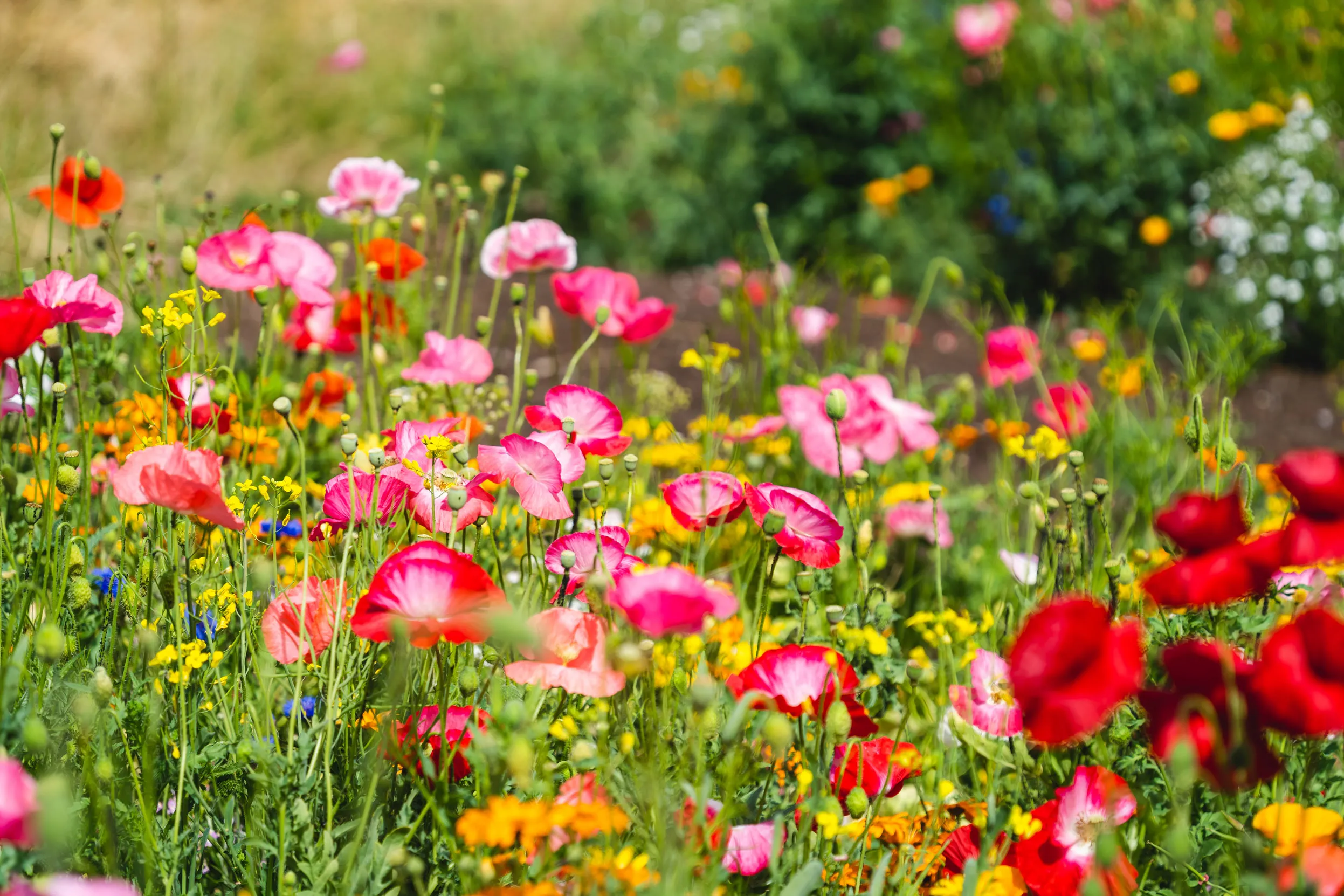
This time in Manchester, transformed fly-tipped alleyways at the back of their homes into bright and friendly communal spaces, as part of Hubbub’s Love Where You Live campaign.
By working with others in your local area, you can level-up your efforts for nature.
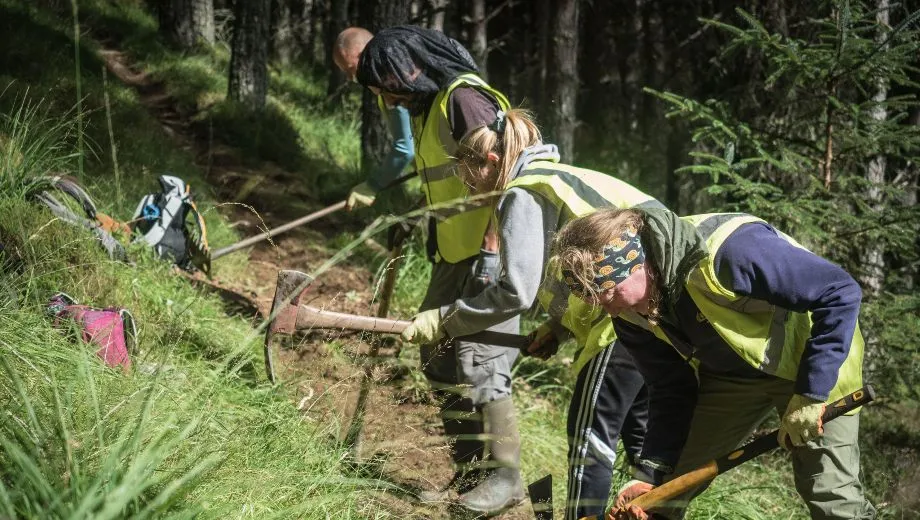
You can have a really positive impact for nature by looking after your own patch with wildlife in mind. But just imagine what you could achieve if your whole neighbourhood took action together! We have lots of tips to help you set up a community group and advice on how to engage with local stakeholders, like schools and faith groups.
Once you’ve got your community group set up, the first step is to work out exactly which areas in your neighbourhood could do with a bit of TLC to make them better for wildlife and people.
Next, you’ll need to find out who owns and manages these pieces of land. In the case of school grounds, churchyards and sports fields, this may seem pretty obvious, but it’s worth double checking, as these facilities may be managed by a facilities company or local authority, rather than directly by the school, faith group or sports club themselves. If you’re unsure, have a look at the Land Registry to figure out who to contact.
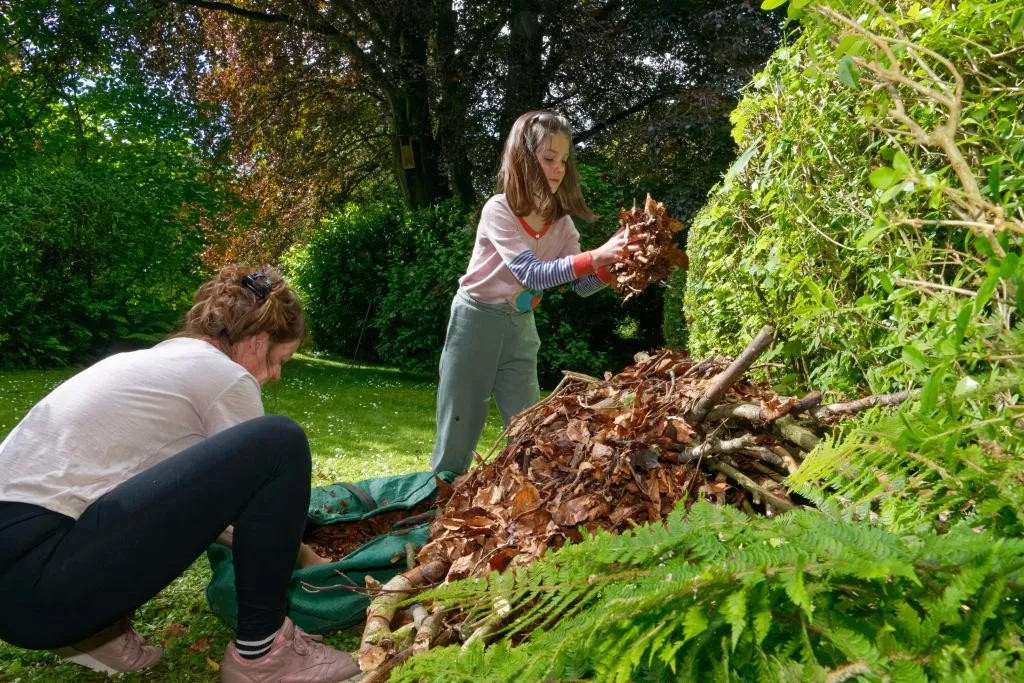
When you’ve identified the areas you’d like to improve and the groups/organisations that are responsible for them, you’ll need to persuade them to take action. The most effective way to do this is to pre-empt any potential concerns they might have, for example around cost, staff time, risk management, and health and safety considerations. These are almost always surmountable if you can show that responsibility can be shared between the landowners and the community. This process is known as co-design and it allows all parties to feel a sense of ownership and helps the landowner to build confidence in the project. Clear communication and defined, agreed roles and responsibilities are vital when moving forward.
Once a management plan is agreed, work can get underway. Don’t forget to track your progress and celebrate when you reach each milestone – it’s a great way to boost morale and keep people engaged with your project. Annual reviews are also useful to identify what’s gone well and where there’s room for improvement.
To give you an idea of how community projects can work in practice, here’s a real example from Henfield, West Sussex.
Local residents contacted their Parish Council to ask for roadside verges to be managed in a more bee-friendly way. The Parish Council agreed and was granted permission for the project from County Council Highways and their ecologist. The verges are now mown less frequently by Parish Council staff, allowing flowers to bloom, which provide a lifeline for bees and other insects. This work was supported by various charities and local gardening enthusiasts, and volunteers from the local Conservation Volunteers Biodiversity Action group now monitor the variety of species that call the verges home.

This time in Manchester, transformed fly-tipped alleyways at the back of their homes into bright and friendly communal spaces, as part of Hubbub’s Love Where You Live campaign.
An unused rugby field just outside a small village in Pembrokeshire is being transformed into a hub for the local community, as well as a haven for wildlife.
The Llawhaden community garden was the dream of the community council, and this dream is finally becoming a reality. During sessions run by Growing Better Communities, plans were drawn up for a range of features including a community green, an orchard, a wildflower meadow, buildings for community events, growing space and a children’s play area.
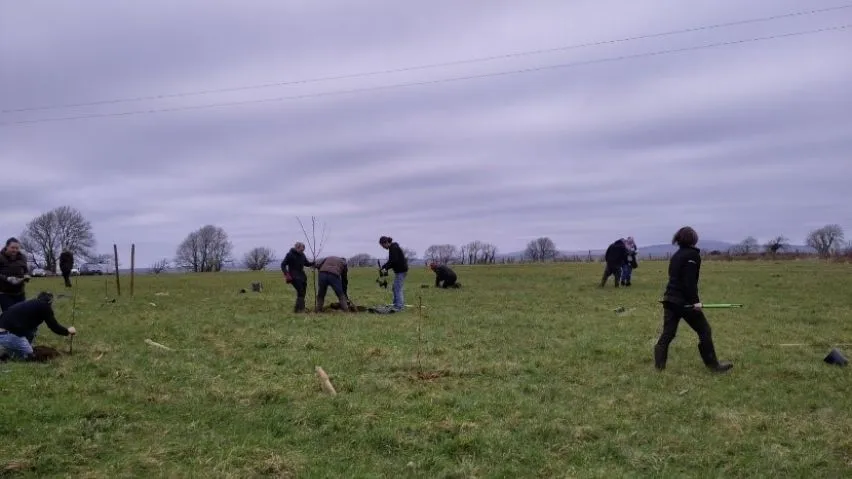
The first fruit trees for the orchard – donated by the Pembrokeshire Coast National Park as part of their 70th birthday celebrations – were planted on site in early 2023. A sizeable team of volunteers have their spades at the ready for the next phase of the project, which will involve planting hundreds more fruit trees, fruit bushes and broadleaf trees, as well as creating raised beds for growing produce.
Although the site is still in its infancy, it is already bringing the local community together. Most of the village turned out for a hugely successful family fun day at the site in the summer of 2022, and young and old alike are getting stuck in with the project. It’s hoped that the garden will not only strengthen the community and create much-needed habitat for wildlife, but improve people’s lives by bringing them closer to nature.
Maintaining the substantial graveyard at Blaenconin chapel in Pembrokeshire had become a burden for the dwindling membership, but a new perspective has opened their eyes to the potential of this wonderful wildlife habitat at the heart of the community.
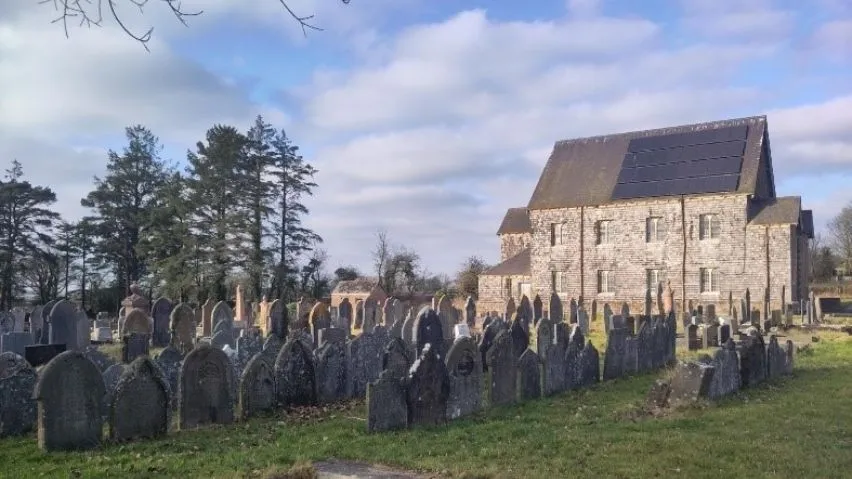
Graveyards are unique places because they have largely avoided the human interventions which shape the countryside and gardens that surround them. Untouched by chemicals and left to their own devices, they are often home to a diverse range of wildlife, from bats to rare plants and lichens.
The idea for changing the maintenance regime of the chapel grounds was born from a need to save time and money, but the chapel team soon realised that less work would also mean more wildlife. They then developed plans for a future which benefits wildlife, the local community, and the chapel.
As part of these plans a community orchard will be planted, an existing wet meadow will be allowed to grow naturally and wildflower areas will be created around gravestones. Hedgerows will also be restored and a memorial garden will be created as a peaceful space for contemplation, where trees can be planted in memory of loved ones.
The graveyard’s journey from a financial burden to a tranquil haven for the local community and local wildlife is only just beginning – so watch this space.
In 2022, the community of Bells Garden estate in Peckham transformed a disused basketball court into a haven for nature and people with seating, raised beds and plants – all sourced cheaply or for free. Together they grew a whole range of plants, from vegetables and herbs to sunflowers and even natural dye plants, like Japanese indigo.
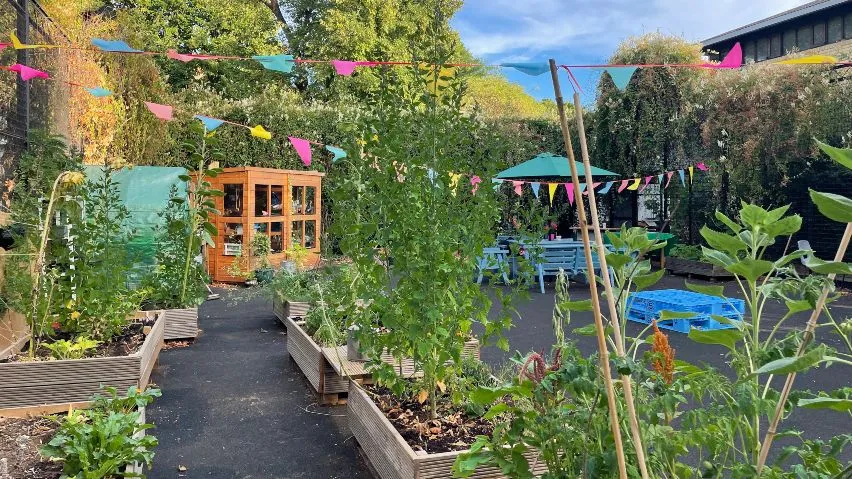
Thanks to funding from Social Farms and Gardens, the community group ran free workshops throughout the school holidays, helping local children to connect with nature by making wildflower seed bombs, sowing seeds and maintaining the garden. Children could also have a go at mural painting and natural dyeing. The group ran a few workshops for adults too, on macrame, natural dyeing and building raised beds.
Unfortunately, despite residents’ objections, the council will be building flats on the site – but plans are in place for the raised beds and plants to be moved to a nearby community space, so the hope is that the garden will live on.